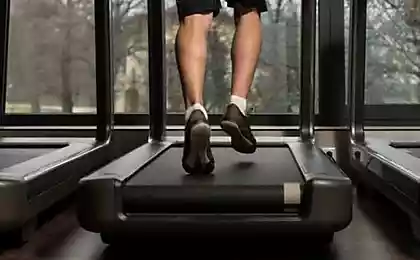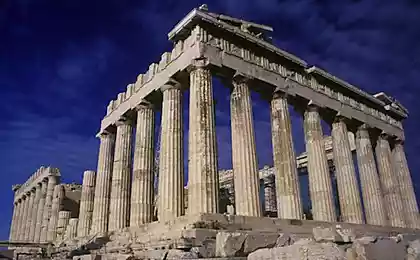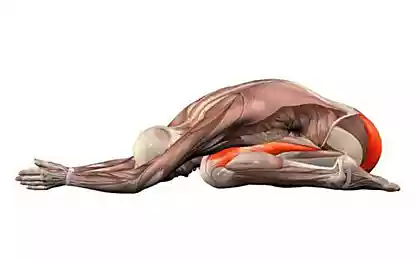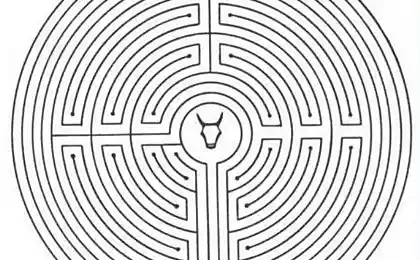695
Forgotten running style of the ancient Greeks
If you look closely at the pictures of runners on Greek vessels, we can see an interesting detail regarding their running style. Everyone knows the physiological machinery running athletes and all human. According to this technique, the man running, pushing and pulling one leg bent arm opposite side of the body, as it is clearly imprinted on many ancient vessels, such as in the following photo.
8 photo source
If you look closely at many Greek vessels from different historical periods, different geographical locations that are identified in the light of archeology, we can see quite unusual running style. The dark figure of an athlete pushes his foot and hand of one side of the body and at the same time promotes along the arm and leg on the other hand.
Thus, the runner is difficult to balance, synchronizes the effects of both brain hemispheres and almost makes running a series of jumps in a state of physical weightlessness.
Anyone can find a quick search through the pictures on the web a number of images, where athletes, hoplites, heroes, gods and mythical creatures depicted in the above position.
Logic denies that such images are the result of ignorance of the elementary rules of racing by ancient artists. On the contrary, in those days, every free citizen routinely spent enough time in the athletic institutions. In addition, we know that these artists gave value slightest nuances of the image. Each pattern, symbol, fragment and posture of the depicted object had a special symbolism, just as in Orthodox iconography. Thus, images of antique vessels are great encyclopedia of religious, astronomical, philosophical, mystical, and other knowledge. Unfortunately, we are not familiar with the symbols and traditions of the ancient world. We can only admire these works of art through the prism of aesthetics and history. The rest of the information that they carry, remain undeciphered.
So what are these strange pictures runners? Art allegory? Gymnastic exercises? Kind of competition? About it we do not know anything of the ancient sources. Also, we do not know the impact of this missing exercise on the body and the spirit of the athlete. Another mystery of ancient Greece remains unsolved ...
-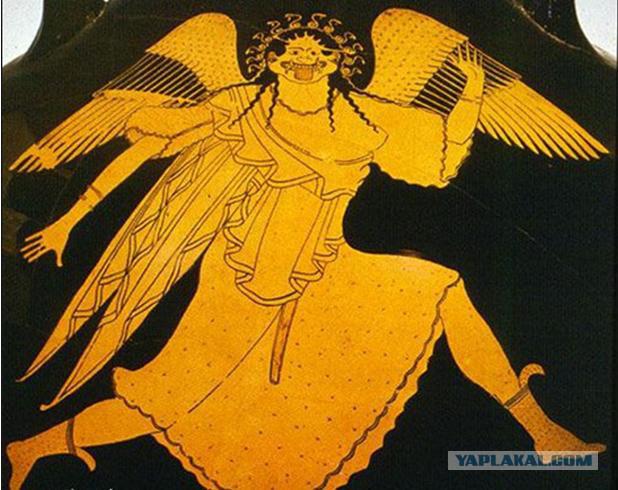
-
Source:
8 photo source
If you look closely at many Greek vessels from different historical periods, different geographical locations that are identified in the light of archeology, we can see quite unusual running style. The dark figure of an athlete pushes his foot and hand of one side of the body and at the same time promotes along the arm and leg on the other hand.
Thus, the runner is difficult to balance, synchronizes the effects of both brain hemispheres and almost makes running a series of jumps in a state of physical weightlessness.
Anyone can find a quick search through the pictures on the web a number of images, where athletes, hoplites, heroes, gods and mythical creatures depicted in the above position.
Logic denies that such images are the result of ignorance of the elementary rules of racing by ancient artists. On the contrary, in those days, every free citizen routinely spent enough time in the athletic institutions. In addition, we know that these artists gave value slightest nuances of the image. Each pattern, symbol, fragment and posture of the depicted object had a special symbolism, just as in Orthodox iconography. Thus, images of antique vessels are great encyclopedia of religious, astronomical, philosophical, mystical, and other knowledge. Unfortunately, we are not familiar with the symbols and traditions of the ancient world. We can only admire these works of art through the prism of aesthetics and history. The rest of the information that they carry, remain undeciphered.
So what are these strange pictures runners? Art allegory? Gymnastic exercises? Kind of competition? About it we do not know anything of the ancient sources. Also, we do not know the impact of this missing exercise on the body and the spirit of the athlete. Another mystery of ancient Greece remains unsolved ...
-

-
Source:

